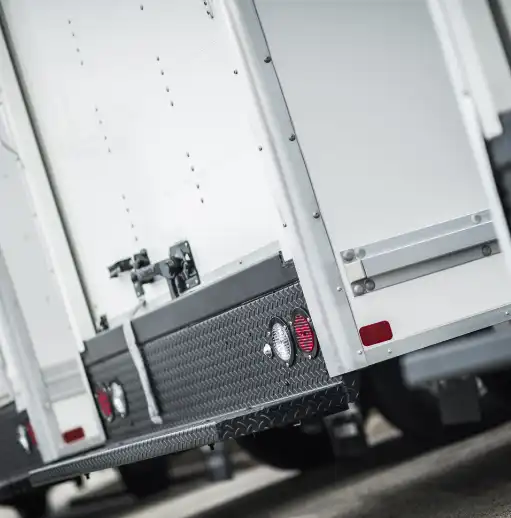
Planning is the first step before any action. Business operations revolve around marketing, capital allocation, and service rollout plans—even emergency action plans. That’s why a space utilization plan makes sense. Before rearranging desks or seating employees anywhere that’s convenient, there should be some semblance of a plan.
When there’s a plan, everyone is on the same page about what’s expected and who’s responsible for what. It links actions to goals and you know what you’re working toward. Additionally, a plan adds context to action. You can’t achieve step C until steps A and B are complete. There’s also the benefit of having clear and present communication.
Space utilization plans leverage all this. More importantly, utilization plans keep companies focused on a single objective: maximizing the value of real estate. But to reap the full benefits of a utilization plan, it needs to be well-designed.
1. Identify utilization goals
When creating a space utilization plan, ask yourself an important question: What is space utilization in the context of your approach to space management?
- To improve overall utilization?
- To understand demand for different types of spaces?
- To gauge occupancy across workspaces?
- To correlate space types with productivity?
No matter the metric, make sure it relates to a larger goal. A specific goal will inform the types of data you need and the changes you make. For example, to improve overall utilization you’ll need a baseline of current utilization rates or workspace-specific utilization levels. Clearly stating your plan’s objective puts methods in context.
2. Explore possible solutions
What patterns or trends become apparent after looking at benchmark data? What solutions do they point to? Space utilization software is great for aggregating information—and to virtually experiment with solutions.
If your goal is to gauge occupancy across workspaces and you find low utilization for a specific type of workstation, consider whether the space is necessary. Maybe it’s best converted to alleviate excess use in other areas.
Before affecting change, chart it. That’s the purpose of a space utilization plan—to create an ordered, smooth process for transforming the workplace. Use Integrated Workplace Management Software (IWMS) to create potential floor plans and examine hypothetical occupancy data. Establish the effects of a workplace change without actually changing things. Use good models as jump-off points for making real change.
3. Champion change
One of the biggest advantages of a space utilization plan is overcoming pushback to change. People are averse to change—particularly employees who are set in their ways or upper management who may not see the value in it. A good plan helps communicate the benefits of space utilization optimization. Use a space utilization plan to show and explain all the major elements of change:
- The problem. Here’s why the workplace needs to change.
- The solution. Here’s how the workplace will change.
- The benefits. This is how the workplace will become better.
- The method. Here’s how we’re going to get there.
Your space utilization plan should answer most conceivable questions about proposed changes, from start to finish. Moreover, it should address common concerns of affected employees, as well as strategic questions by upper management and decision-makers.
In addition to answering questions, use your utilization plan to champion change leaders. When individuals understand and embrace the concepts within the plan, they’re more likely to aid in facilitating it. Give them responsibility and create accountability. As the workplace evolves, these individuals will be instrumental in executing changes at ground level.
4. Execute and measure
The final piece of any space utilization plan is actionable steps for measuring change. Data gleaned while identifying utilization goals help measure improvement metrics. Make this an ongoing part of any workplace change initiative.
Not only does measuring change provide context for future utilization strategies, it gives credence to the modifications. Whether it’s delivering results to the C-suite or exploring new insights about your workplace, utilization data is a keystone for understanding.
5. Develop continuous improvement standards
Regardless if your space utilization plan is a living document that’s constantly reviewed or a procedural approach to everyday decision-making, it’s an essential part of successful business operations. Like any other integral cog, it’s aided by proper planning. Continually reflecting on this plan and taking the time to develop it sets a standard for workplace management that’s always rooted in well-defined goals.
Keep reading: Space planning software guide.








